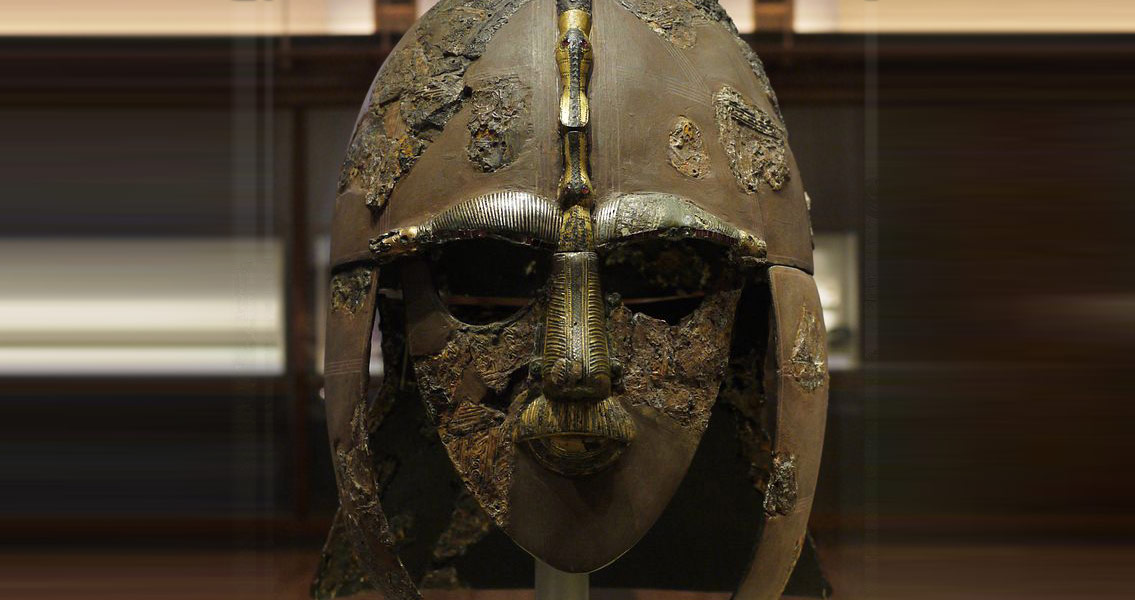<![CDATA[For over fifty years, since the discovery of a Viking outpost in Newfoundland, scientists and archaeologists alike have been trying to find further evidence of the presence of Vikings on North America's east coast. According to National Geographic, it has been a "long, fruitless quest, littered with bizarre claims and embarrassing failures." However, archaeologist Patricia Sutherland made a discovery earlier this month that provides strong evidence of another Viking settlement in Canada. While excavating the ruins of an old building on Baffin Island (the largest Island in Canada), Sutherland and her team found some fascinating whetstones. A whetstone would have been used by a metalworker to melt, shape, and sharpen various tools and ornaments around 1000 AD. The significance of these whetstones are the grooves on them made by blades, and the traces of copper alloys like bronze. These copper alloys are known to have been used by Vikings at the time, especially their metal smiths, but would have been almost completely alien to the natives of Baffin Island. This discovery seems to be a crucial turning point, as in Sutherland's earlier studies of Vikings in North America nothing was certain. According to professor emeritus of archaeology at Memorial University, James Tuck, "While her evidence was compelling before, I find it convincing now." One of Sutherland's past discoveries involved "Viking Yarn". She studied two pieces of unusual looking cord from the Baffin Island site, which had been excavated by earlier archaeologists and stored at the Canadian Museum of Civilisation in Quebec. Upon further inspection, she noticed that the pieces of cord were not woven in the manner of Arctic hunters from the Americas. According to her interview with National Geographic, they turned out to be "expertly woven Viking yarn, identical in technique to yarn produced by Viking women living in Greenland in the fourteenth century." This discovery catalysed her interest in the subject and drove her to research other museums with Viking collections, from the Baffin site as well as elsewhere. She found more Viking yarn as well as an abundance of previously disregarded Viking equipment such as wooden tally sticks and dozens of whetstones. Sutherland reopened the Viking case at the more promising site known as Tanfield Valley on the southeast side of Baffin Island. Her decision was a good one. There, her and her team found Viking whalebone shovels, large stones cut by Viking masons, more Viking yarn and whetstones, as well as pelt fragments from Old World rats. That being said, Sutherland still had her critics, so she submitted her findings to the Geological Survey of Canada to be examined using a technique known as energy dispersive spectroscopy. The findings showed that the wear grooves on the whetstones found in the Tanfield Valley, as well as other sites she and her team excavated, contained microscopic streaks of brass, smelted iron, and bronze. This is clear evidence of European metalwork. It seems that Vikings traveled to the Canadian Arctic in search of valuable things for their civilisation. Northern Europeans at the time were interested in walrus ivory and soft Arctic furs. In order to get these goods, Sutherland believes they traded their advanced Viking metalwork for the luxuries they wanted. Assuming Sutherland is correct, she has opened up an entirely new aspect of history involving trade between Native American hunters and Viking seafarers. Photo Credit: Wikimidea Commons User: geni]]>
New Discovery of 'Whetstones' at Baffin Island May Prove There Was a Viking Presence In Canada
